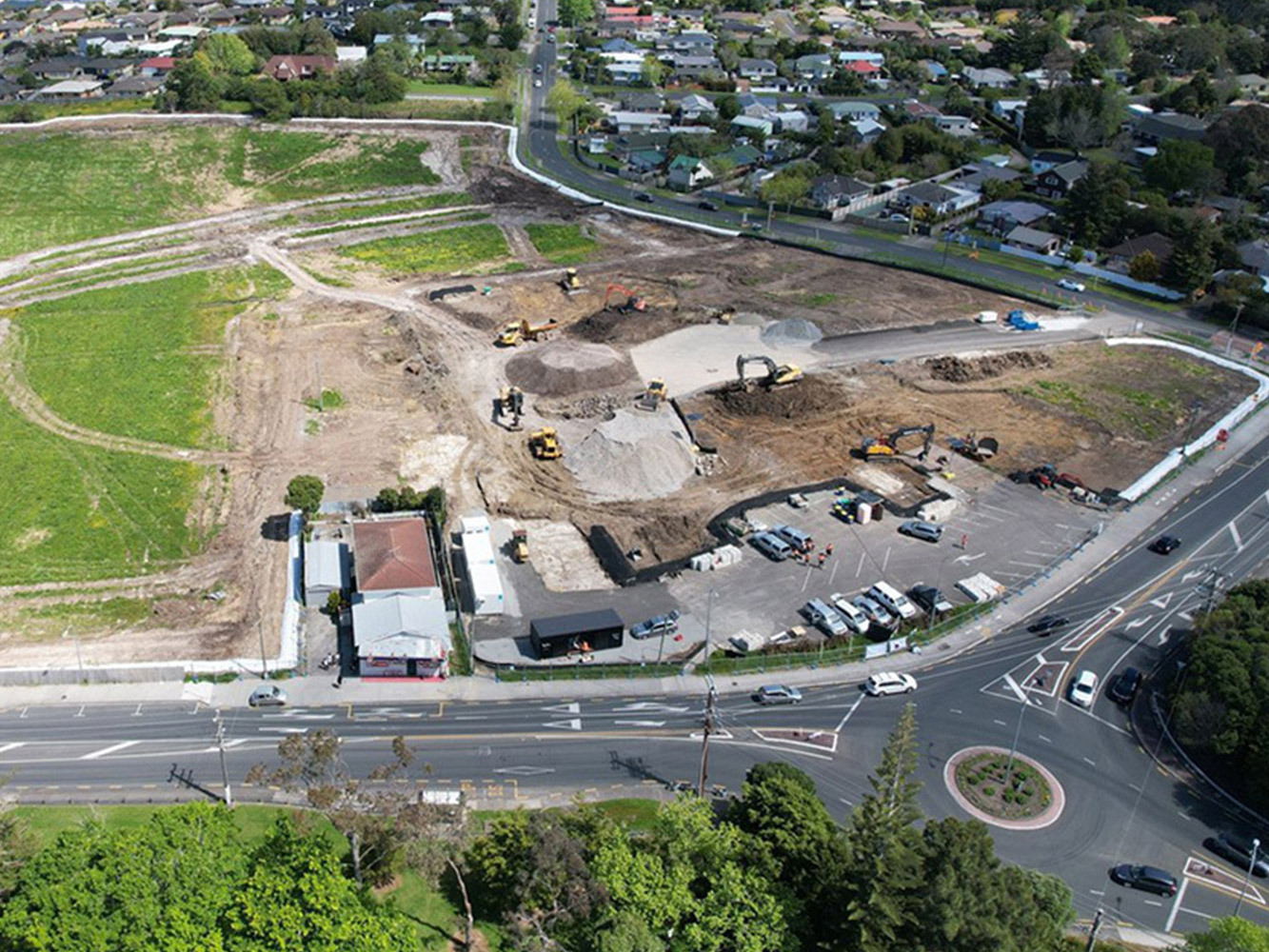Stormwater isn’t just a technical box to tick in Christchurch’s subdivision process, it’s one of the most scrutinised and impactful aspects of land development. With the city’s flat topography, and history of liquefaction, poorly designed stormwater systems can lead to property damage, public health risks, and expensive non-compliance penalties. That’s why developers, engineers, and planners must treat stormwater management as a top priority from day one.
Christchurch has some of the strictest stormwater rules in New Zealand. After the Canterbury earthquakes, new rules were introduced to better manage flood risk, protect waterways, and reduce the load on public infrastructure.
Key factors that make stormwater design more complex in this city include:
Flat terrain with slow runoff and limited fall
High groundwater levels that limit infiltration
Soils prone to liquefaction and poor drainage
Existing network capacity constraints
Overland flow paths through residential zones
The Christchurch City Council requires all new subdivisions and developments to demonstrate that they can manage stormwater onsite without worsening runoff or contributing to downstream flooding. This often includes both primary (pipes and soakage) and secondary (overland flow) stormwater solutions.
Modern subdivisions in Christchurch typically require stormwater detention systems to limit peak discharge rates. Depending on the site, this could include rain gardens, soak pits, swales, detention tanks, or proprietary devices.
Additionally, water quality treatment is often necessary to remove sediments, hydrocarbons, and other contaminants before discharge into public systems or open waterways. The use of low-impact design (LID) techniques is increasingly preferred by council.
Getting this wrong isn’t just a matter of rework. Inadequate systems may:
Fail engineering approval
Breach consent conditions
Increase flooding risk for neighbours
Lead to liability or compliance issues
Stormwater management shouldn’t be left to the end of a project or isolated from the rest of the design. It needs to be integrated with earthworks, accessways, building platforms, and landscaping. For example:
Your driveway slope affects where water flows
Cut and fill volumes impact overland flow paths
Retaining walls can block water movement if not planned for
A good civil engineering team will coordinate stormwater design alongside other infrastructure to optimise buildability, cost, and compliance.
At Civix, we work on a wide range of Christchurch subdivision and land development projects, and stormwater is almost always a challenge. Some of the common problems we solve include:
Designing on constrained infill sites with limited soakage
Resolving flooding overlays and floor level requirements
Meeting dual detention and treatment requirements
Coordinating stormwater with vehicle access and shared driveways
Responding to council feedback and redesign requests
We also prepare the full documentation required for engineering approval, including modelling outputs, drainage plans, detention calculations, and overland flow diagrams.
Waiting until after your resource consent is granted to begin stormwater design is one of the most common mistakes we see. Council expects detailed stormwater solutions at the engineering approval stage, and redesigning layouts after consent is time-consuming and costly.
Instead, bring your stormwater engineer in early to:
Shape subdivision layouts that accommodate drainage needs
Identify network connection points and limitations
Design soakage or detention solutions tailored to site conditions
Pre-empt council concerns and reduce approval timeframes
Stormwater Doesn’t Have to Be a Roadblock
When stormwater management is treated as a core part of subdivision and site development from day one, projects flow more smoothly, with fewer design revisions, faster approvals, and better environmental outcomes.
Whether you’re dealing with a compact infill lot or a large greenfield site, we’re here to help.

Stormwater isn’t just a technical box to tick in Christchurch’s subdivision process, it’s one of the most scrutinised and impactful aspects of land development.

If you’re developing land or subdividing property in Christchurch, one of the most critical and often misunderstood steps is securing engineering approval.

In subdivision and land development projects, accessways and driveways often seem like minor details.
For private land developments, Civix Town Planners, Chartered Engineers and Licensed Cadastral Surveyors have got you covered from the initial site visit through to council sign off.
Contact Us